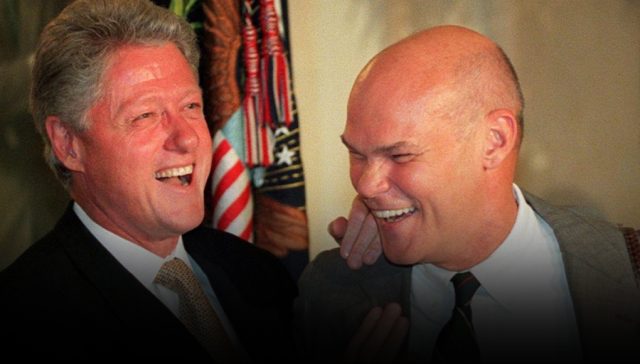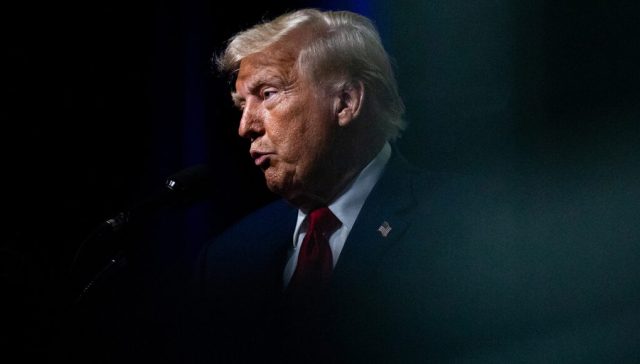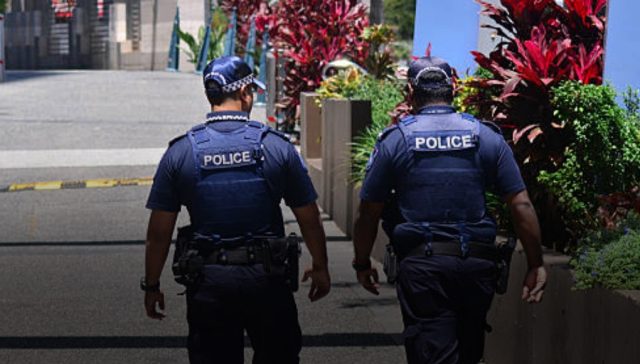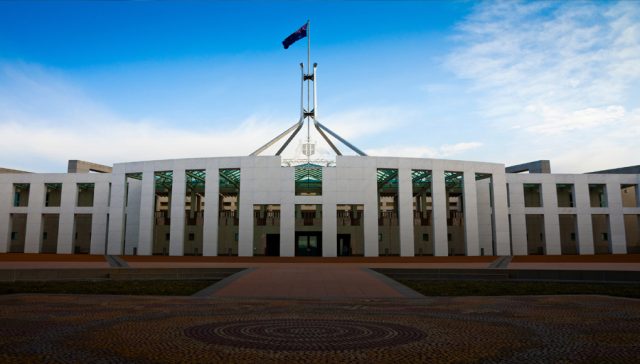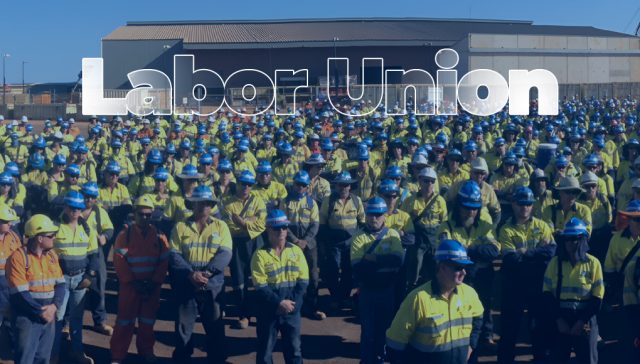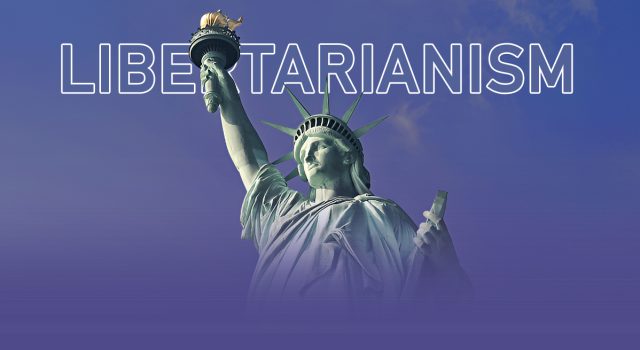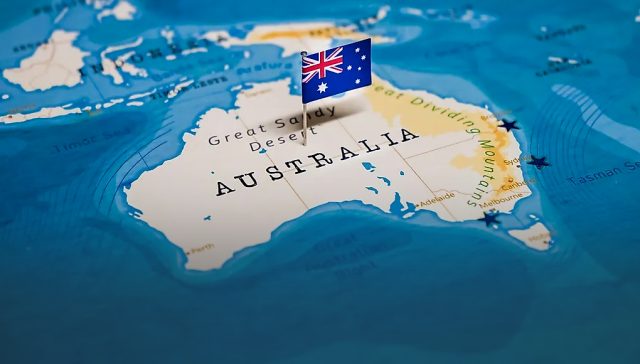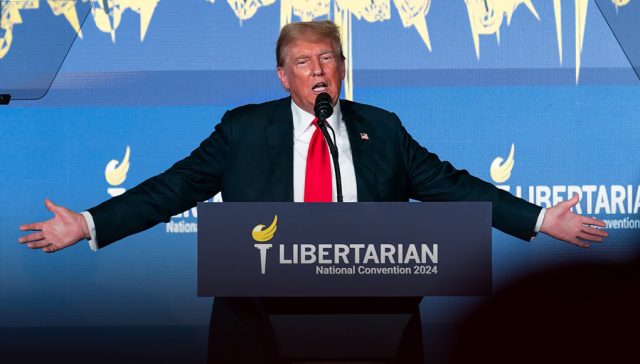It’s Free Speech, stupid!
It has been just over thirty years since the term, “It’s the economy, stupid” was coined by political strategist, James Carville, during Bill Clinton’s 1992 presidential election campaign.
While that maxim remains central to the prosperity of any nation, there is a new kid in town and the world has just witnessed its great rebirth in the United States.
I say “rebirth” because the fight for freedom has never ended.
Australia seems intent on launching straight into the depths of its hell!
America has returned the right to true liberty to the table, and with it put other nations on notice if they want to participate in a relationship.
Vice President elect, J D Vance, recently raised the issue of free speech during an interview on discussions around NATO:
“It’s insane that we would support a military alliance if that military alliance isn’t going to be pro-free speech. I think we can do both. But we’ve got to say American power comes with certain strings attached. One of those is respect free speech, especially in our European allies.”
It is not just the magnitude of Trump’s victory that is stunning, but the highlighting of the age-old rule that freedom is fragile and must be guarded around the clock if we are to preserve and pass it on to the next generation.
When ancient Republican Rome was on the cusp of civil war, and prior to its great fall with the ushering in of the Empire, Cicero continued to warn his fellow senators and the people that tyranny must always be defeated.
Cicero said in a fiery speech in 43 BC:
“No calamity could befall the Republic without it being the fault of the Senate.”
He was right in the sense that those who are given the honour to guard their nations fail when they preside over its fall. But so, too, the responsibility must rest with the people, particularly in our modern era when we all have access to what is happening around us.
America has returned the right to true liberty to the table
If we claim to not know, then we are admitting to ignorance and worse, wilful ignorance.
Cicero campaigned against the tyranny of Marcus Antonius following the assassination of Julius Caesar. He saw Antony as a worse tyrant than Caesar himself. He knew the consequences of speaking out, but he went on the offensive anyway.
One of his most poignant warnings was when he told a fractious and divided Senate that Antony would stop at nothing to enslave them all:
For if he found slavery bearable for himself, why foist a master on us? If in his boyhood days he endured the lusts of those who tyrannised over him, was he also to produce a master and tyrant over our children? And so, when Caesar was killed, Antonius became to the rest of the community what he wanted Caesar to be to us.
Oh, what words that ring so close to home!
While America embarks on unshackling itself from the reign of tyranny, Australia seems intent on launching straight into the depths of its hell!
It honestly beggars belief that Australian leaders, left and right alike, cannot understand that if we are to continue to enjoy a close relationship with the largest democracy in the world, and our most important ally, we must obliterate these heinous censorship laws and sack any public servants who continue to push for them.
It really is about Free Speech, stupid!

Gerardine is a Roman historian, with specific interest in Rome’s foundation up to the end of the Republic. She advocates that history gifts us with wisdom for the mind and nourishment for the soul, and keenly defends the ancients’ legacy of civic society, law, and government.






